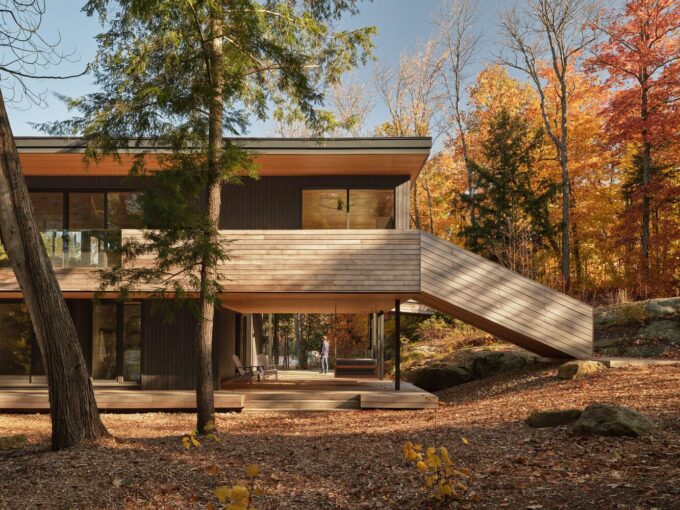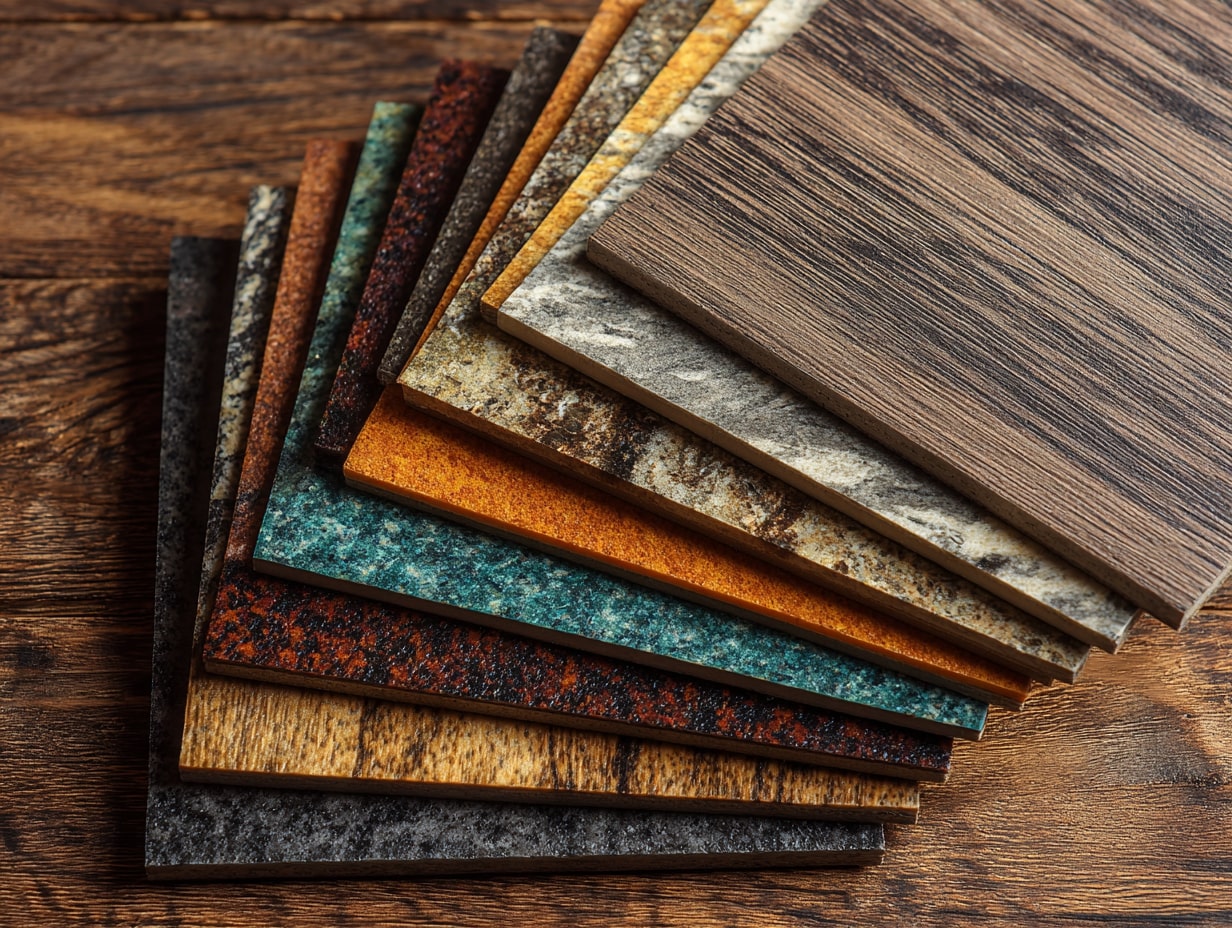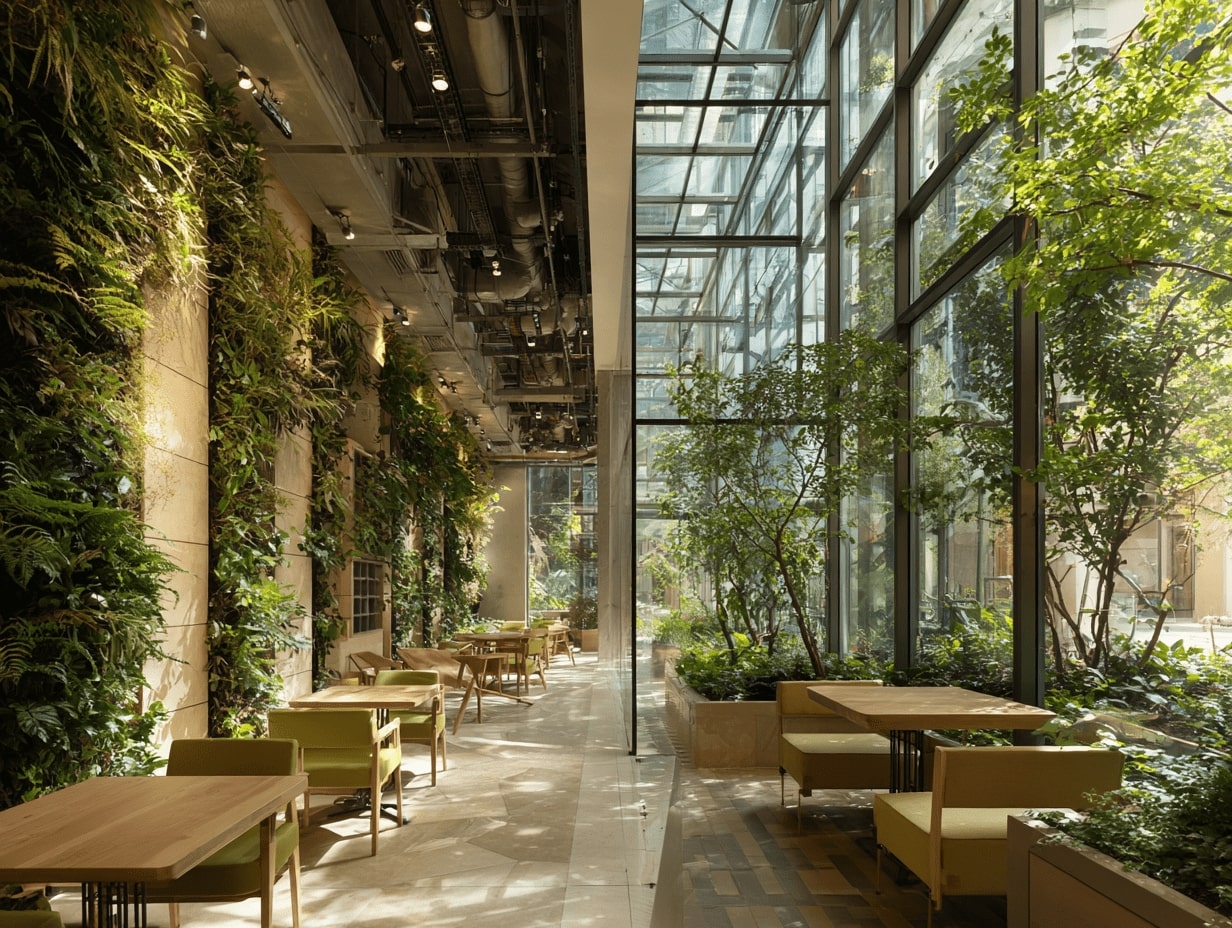- Home
- Articles
- Architectural Portfolio
- Architectral Presentation
- Inspirational Stories
- Architecture News
- Visualization
- BIM Industry
- Facade Design
- Parametric Design
- Career
- Landscape Architecture
- Construction
- Artificial Intelligence
- Sketching
- Design Softwares
- Diagrams
- Writing
- Architectural Tips
- Sustainability
- Courses
- Concept
- Technology
- History & Heritage
- Future of Architecture
- Guides & How-To
- Art & Culture
- Projects
- Interior Design
- Competitions
- Jobs
- Store
- Tools
- More
- Home
- Articles
- Architectural Portfolio
- Architectral Presentation
- Inspirational Stories
- Architecture News
- Visualization
- BIM Industry
- Facade Design
- Parametric Design
- Career
- Landscape Architecture
- Construction
- Artificial Intelligence
- Sketching
- Design Softwares
- Diagrams
- Writing
- Architectural Tips
- Sustainability
- Courses
- Concept
- Technology
- History & Heritage
- Future of Architecture
- Guides & How-To
- Art & Culture
- Projects
- Interior Design
- Competitions
- Jobs
- Store
- Tools
- More
Eco Materials for Home Construction in the USA: Build Sustainable & Durable Homes
Discover the top eco-friendly materials revolutionizing home construction in the USA. From bamboo and reclaimed wood to recycled steel and hempcrete, explore sustainable options that enhance durability, energy efficiency, and indoor air quality. Learn how these materials reduce carbon footprints, combat climate change, and create healthier, cost-efficient living spaces for the future.

Building a sustainable home isn’t just a trend—it’s a responsibility we all share. As we look for ways to reduce our carbon footprint, the materials we choose for construction play a critical role. Eco-friendly building materials not only help protect the environment but also create healthier, more energy-efficient spaces.
In the US, the demand for green construction materials is skyrocketing, and for good reason. From renewable resources to recycled options, there’s a growing list of innovative materials that combine durability with sustainability. Let’s explore some of the top eco materials transforming the way we build homes while prioritizing the planet.

Table of Contents
ToggleImportance Of Eco Materials In Home Construction
Eco materials enhance energy efficiency and promote environmental conservation in construction. These materials reduce dependency on non-renewable resources by incorporating sustainable options like bamboo, reclaimed wood, and recycled steel. Using them minimizes waste generation and decreases greenhouse gas emissions, supporting efforts to combat climate change.
Health benefits are another critical aspect of eco materials. Natural and non-toxic materials, such as cork and low-VOC paints, improve indoor air quality by reducing chemical pollutants. Homes built with these materials contribute to healthier living environments, especially for individuals with allergies or respiratory sensitivities.
Cost savings over time highlight another advantage. Energy-efficient materials, such as insulated concrete forms and solar-reflective roofing, lower energy consumption, cutting utility expenses. Though initial costs may be higher, long-term savings often offset these.
Eco materials improve durability and resilience in home construction. Options like rammed earth and recycled concrete offer high strength and longevity, reducing maintenance and replacement needs. These attributes create sustainable homes better equipped to withstand environmental challenges.

Criteria For Selecting Eco Materials
Identifying the right eco materials involves assessing their environmental impact, energy performance, and health benefits. Our focus is to ensure they align with sustainability goals, enhance efficiency, and prioritize occupant well-being.
Sustainability
Eco materials must originate from renewable, recycled, or responsibly sourced resources. Materials like bamboo regenerate quickly, while reclaimed wood and recycled steel reduce reliance on virgin resources. Local sourcing minimizes transportation emissions, further shrinking the material’s carbon footprint. Durability is essential for reducing replacement frequency, lowering waste over time.
Energy Efficiency
Energy-efficient materials help conserve energy during and after construction. Insulating options like structural insulated panels (SIPs) and natural wool insulation improve thermal performance and reduce energy consumption for heating or cooling. Reflective materials, such as cool roofs, decrease heat absorption in warmer climates. Products made through energy-efficient manufacturing processes, like lightweight concrete, support broader energy conservation efforts.
Health And Safety
Non-toxic materials are vital for maintaining indoor air quality. Options like low-VOC paints and adhesives prevent chemical off-gassing, protecting residents from respiratory issues. Natural products, such as cork and earthen plasters, avoid introducing hazardous substances into homes. Fire-resistant materials, including recycled metal and rammed earth, enhance safety and contribute to a secure living environment.

Top Eco Materials For Home Construction In The USA
Using eco-friendly materials in home construction helps minimize environmental impact while creating durable, energy-efficient, and healthier living spaces. Below are some of the top eco materials contributing to sustainable construction practices in the US.
Reclaimed Wood
Reclaimed wood repurposes timber from old buildings, barns, or furniture, reducing deforestation and waste. This material adds character to interiors with its unique textures and patterns. It’s commonly used for flooring, cabinetry, and decorative elements.
Bamboo
Bamboo grows rapidly, reaching maturity in 3-5 years, making it a highly renewable resource. Its strength rivals that of steel, and it’s ideal for flooring, paneling, and structural supports. Locally treated bamboo is essential to enhance durability and prevent pest damage.
Recycled Steel
Recycled steel retains its strength and reduces mining activity while using 75% less energy during production. It’s a popular choice for framing and roofing, offering long-lasting, corrosion-resistant solutions for sustainable construction projects.
Straw Bales
Straw bales act as natural insulation with excellent thermal properties, reducing heating and cooling costs. These biodegradable materials, often used for walls and ceilings, are tightly packed to provide structural integrity and energy efficiency.
Insulated Concrete Forms (ICFs)
ICFs combine recycled materials with foam insulation to create durable, energy-efficient wall systems. They enhance thermal performance and noise reduction while supporting fast construction processes. Their resilience to extreme weather increases home safety.
Hempcrete
Hempcrete consists of hemp fibers, lime, and water, forming a lightweight yet sturdy material. It offers exceptional thermal regulation and moisture resistance. Hempcrete is ideal for walls and insulation, offsetting carbon emissions during its production.
Low-VOC Paints
Low-VOC (volatile organic compounds) paints improve indoor air quality by reducing toxic emissions. These paints come in various colors and finishes, ensuring aesthetic appeal without compromising health. They’re commonly used on walls, ceilings, and woodwork.

Benefits Of Using Eco Materials
Eco materials offer numerous advantages in home construction, addressing environmental challenges, improving cost efficiency, and fostering healthier living spaces. Their thoughtful use creates energy-efficient and sustainable homes suitable for modern needs.
Environmental Impact
Eco materials significantly reduce the ecological footprint of home construction. Materials like bamboo and recycled steel replace non-renewable resources, conserving natural ecosystems. The adoption of low-energy production methods, as seen in rammed earth and straw bales, minimizes greenhouse gas emissions. Locally sourced options further cut transportation impacts, making eco-friendly construction a practical choice for reducing pollution and preserving biodiversity.
Long-Term Cost Savings
While eco materials often have higher upfront costs, their durability and energy efficiency provide substantial savings over time. Insulated Concrete Forms (ICFs) reduce heating and cooling expenses by enhancing thermal insulation. Reclaimed wood and hempcrete exhibit longevity, lowering repair and maintenance costs. These long-term financial benefits make these materials cost-effective throughout a home’s lifecycle.
Enhanced Indoor Air Quality
Natural and non-toxic materials improve indoor air quality by limiting exposure to harmful chemicals. Low-VOC paints, cork, and natural wool insulation release fewer volatile organic compounds, reducing respiratory issues and promoting occupant health. These materials create safer and healthier environments, ensuring comfort and well-being for all residents.

Challenges And Considerations
Selecting and utilizing eco materials in home construction comes with unique challenges. It’s essential to address these factors to ensure sustainable and practical implementation.
Initial Costs
Many eco materials, like insulated concrete forms and bamboo, have higher upfront costs compared to traditional materials. These costs stem from factors such as specialized manufacturing processes, scarcity of raw materials, and advanced performance benefits. However, long-term savings from reduced energy consumption and lower maintenance expenses often justify the investment.
Availability In The USA
The availability of some eco materials varies across different regions in the US. Locally sourced materials, such as reclaimed wood and straw bales, depend on regional supply chains. Meanwhile, materials like hempcrete and cork face limited production facilities in the country, resulting in dependency on imports. Regional disparities can affect transportation costs and carbon footprints, making availability a significant consideration.
Expertise Required
Eco materials often require specialized knowledge for effective use. For instance, implementing rammed earth walls or straw bale insulation involves construction techniques that differ from conventional methods. Builders and contractors with experience using eco-friendly materials may be harder to find, leading to increased labor costs or project delays. Training and educating construction professionals is crucial to overcoming this challenge.
Conclusion
Eco materials play a transformative role in shaping sustainable home construction across the US. They reduce reliance on non-renewable resources and introduce energy-efficient, durable, and healthier alternatives like bamboo, reclaimed wood, recycled steel, and hempcrete. These materials minimize environmental impact while maximizing performance and promoting wellness.
Despite challenges like higher upfront costs or regional availability issues, the long-term benefits of using eco materials outweigh these constraints. Durability, energy savings, and improved indoor air quality result in cost-efficient and comfortable living spaces. By prioritizing local sourcing and training skilled professionals, we can address implementation barriers and drive the adoption of sustainable practices.
With a growing demand for green construction, it’s crucial to continue innovating and implementing eco materials to meet environmental, economic, and social sustainability goals.
- best eco materials for homes
- durable eco materials USA
- eco building materials USA
- eco construction USA
- eco-friendly home construction
- eco-friendly home renovation
- environmentally friendly home construction
- environmentally responsible building
- green building products USA
- Green construction materials
- green home building products
- green home construction materials
- natural building materials USA
- renewable building materials
- sustainable architectural materials
- sustainable building materials
- sustainable home design USA
- sustainable home improvement
- sustainable house materials
Submit your architectural projects
Follow these steps for submission your project. Submission FormLatest Posts
Key Features to Look for When Investing in Construction AI Cameras
Continuous monitoring is crucial on construction sites for effective accident prevention. Artificial...
Eco-Friendly Floor Coverings: Smart Choices for a Greener Home
Eco-friendly floor coverings made simple: discover sustainable materials, trusted certifications, and room-by-room...
What are Biodomes?
Biodomes are transforming architecture by blending ecological science with advanced design to...
The Quiet Revolution of Biophilic Design
Biophilic design is reshaping homes, workplaces, and cities—backed by evidence. Learn core...












Leave a comment